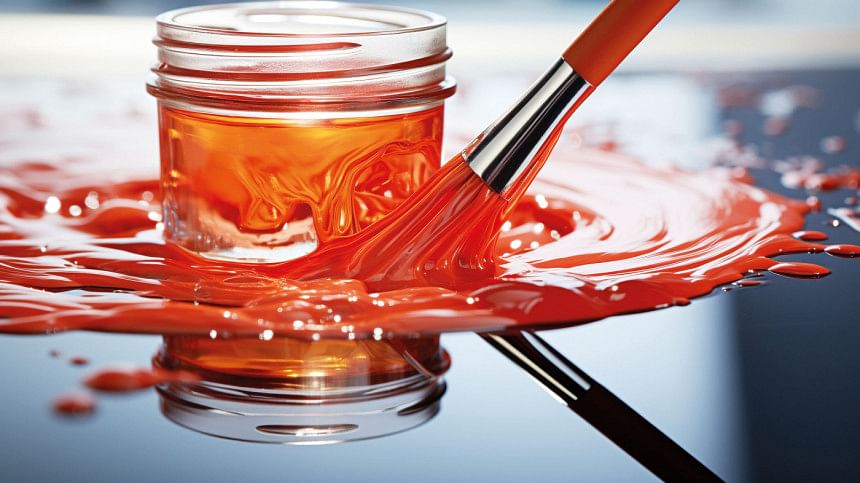The Science of Paint

How Paint Works:
At its core, paint consists of three essential components: pigments, binders, and solvents. Pigments provide color and opacity, binders hold the pigments together and adhere them to surfaces, while solvents keep the paint in liquid form for application.
When paint is applied, solvents evaporate, leaving behind a thin film of pigments and binders. As the film dries, the binders undergo a process called polymerization, forming a durable, protective layer. This layer shields surfaces from environmental factors like moisture, UV radiation, and abrasion.
Paint is not merely a colorful coating; it's a fusion of science and artistry that transforms surfaces and spaces. Understanding the intricate chemistry and physics behind paint unveils the magic of its application and durability.
The Art of Formulation:
Paint formulations vary based on their intended use and properties desired. For example, interior wall paints prioritize washability and color retention, while exterior paints focus on weather resistance and longevity.
Chemists meticulously balance ingredients to achieve desired characteristics. Modern paints often incorporate additives like thickeners, dispersants, and preservatives to enhance performance and application properties.

Manufacturing Process:
Paint production involves precise blending and mixing of raw materials. Pigments are dispersed evenly throughout the liquid binder using high-speed mixers or bead mills. Quality control measures ensure consistency in color, viscosity, and durability.
Once formulated, paints undergo rigorous testing for adherence, flexibility, and resistance to environmental stressors. Only after passing quality checks are they packaged for distribution.

 For all latest news, follow The Daily Star's Google News channel.
For all latest news, follow The Daily Star's Google News channel. 



Comments